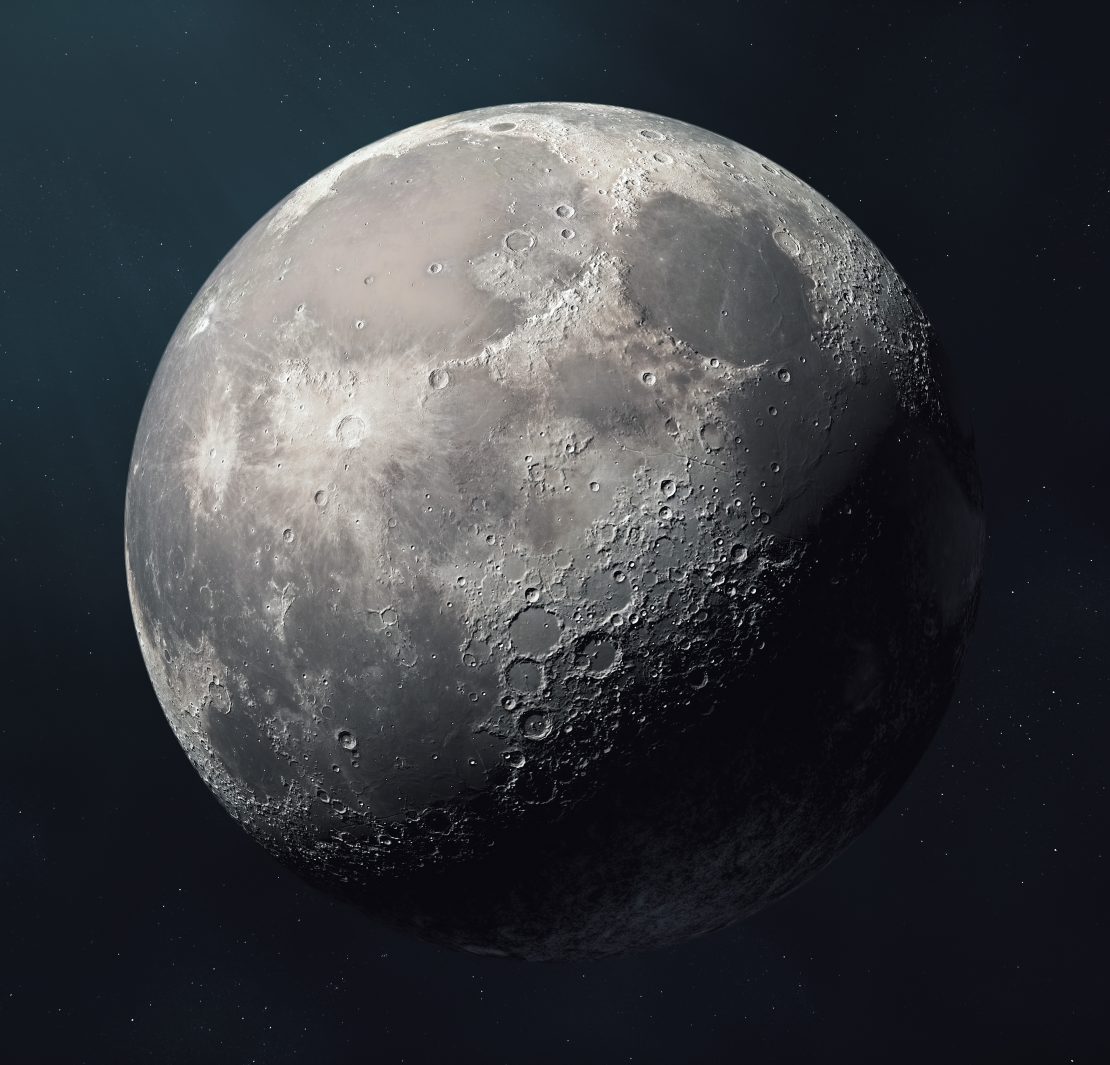For almost as long as we’ve been aware of the universe outside of earth, humanity has dreamed of life on the Moon. In a milestone achievement, scientists have discovered a new and renewable supply of water, which could make it simpler for future explorers to reside there. With lunar samples from a Chinese exploration mission in 2020, scientists have identified tiny glass beads in the lunar soil as potential places where water could be hiding.
Mahesh Anand, a professor of planetary science and exploration at the Open University along with a team of Chinese scientists analysed the fine glass beads, which measure less than a millimetre across. They form when meteoroids slam into the moon and send up showers of molten droplets. These then solidify and become mixed into the moon dust. Tests revealed that these particles contain a lot of water, amounting to between 300m and 270bn tonnes across the entire moon’s surface. Each glass bead is capable of holding up to 2,000 micrograms (0.002 grams) of water for every gram of the particle’s mass. Based on a hydration signatures analysis, the scientists think the beads can accumulate water in the span of just a few years.
To get the new source of water, future astronauts would have to figure out how to collect the beads that have water, and then heat them up to about 100 degrees Celsius or about 212 degrees Fahrenheit.
Scientists believe this to be one of the most important breakthroughs yet in our race to the moon. Space agencies across the world had set their sights on building bases on the earth’s natural satellite for ages, and we have known there’s water on the Moon, thanks to many previous missions. In 2009, India’s Chandrayaan-1 spacecraft spotted what appeared to be a thin layer of water bound up in the surface layer of moon dust. But questions remained about how it got there, where it’s stored, and how it moves around. This discovery means there could be a highly accessible source of not only water but also hydrogen and oxygen. Being able to tap into this vast reservoir of water could make living on the lunar surface for extended periods of time much more comfortable.
These new findings have also encouraged scientists to search for water on other “airless bodies” like the Moon, which could be storing water in their surface layers in the same way.
More than half a century after humans last walked on the moon, NASA and other space agencies are preparing for a return. NASA aims to put the first woman and the first person of colour on the moon through their Artemis mission. The European Space Agency has plans for a moon village. Both expect to draw on lunar materials to sustain their off-world bases.
The water found in tiny glass beads isn’t the only source of water on the Moon. We can also find water ice hidden in the permanently shadowed craters on the Moon’s north and south poles. Research on the samples also indicates that there’s an entirely new source producing an indefinite amount of water that we haven’t discovered yet.
Overall, the Moon remains of great interest to the world and will be so for future generations. The Moon Landing gave us the first perspective of the Earth from Space. There are many technologies that we now use in our daily lives that we would not have if scientists did not continue to explore space. Getting humanity on the moon is essential for us, as it will provide a testing ground for technologies and resources that will take humans to Mars and beyond, including building a sustainable, reusable architecture.





